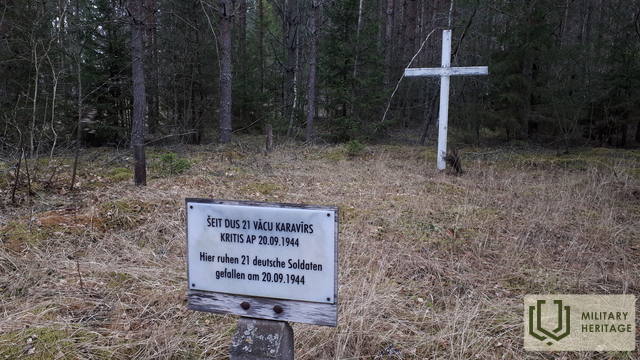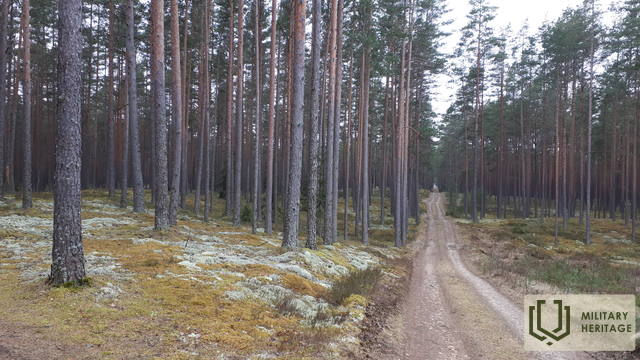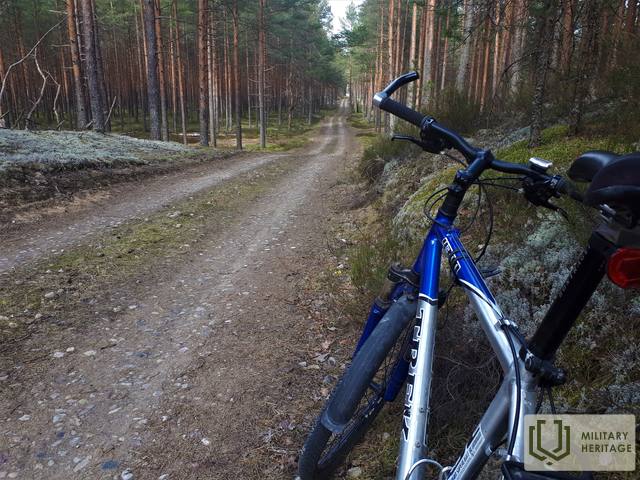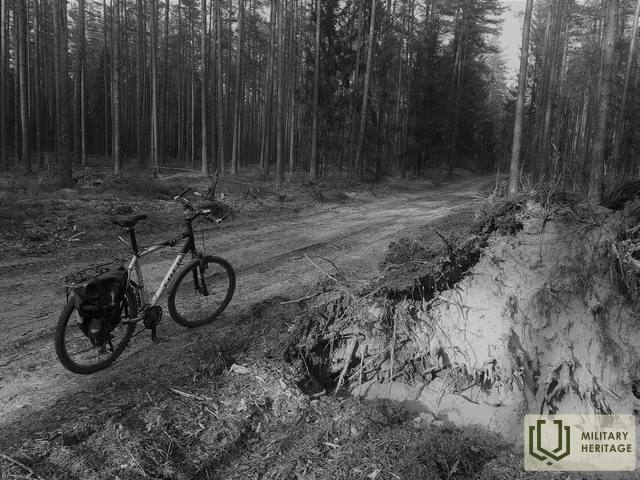Kaiser Dam (Kaiser - Damm) Infrastruktūra


 57
57


The 8 km long road with this name, marked on the German army maps of the First World War, started at the former Kurland Denkmal, or later popularly known as the Woman's Monument, and ended at the former Auermann houses. Today, the northeast-southwest direction of the Keizerdambis can be walked or cycled along its entire length. Approximately 4 km long, it stretches as a forest-land (in some places - with large gravel fragments) road, 4 km - as a gravel road (coincides with the Abermans and Egles-Kaulupes roads built by the Latvian State Forests). The section between the Elges - Kaulupes road and the Abermani road is also called Mātīte stiga in LVM maps. In its middle part, Keizerdambis crosses a beautiful massif of inland dunes, in the vicinity of which wartime trenches and construction sites can be seen on LIDAR maps. A white wooden cross has been installed near the former Aurmaņi houses at the place where 21 soldiers of the German army were buried (fallen around 20.09.1944).
It is possible that the name of Ķeizardambja, which arose during the stay of the German army during the First World War, comes from the Kaiserdamm – a 50 m wide and 1680 m long street in Berlin, which was opened in 1906.
Panaudoti šaltiniai ir literatūra:
1. Kaiserdamm, https://en.wikipedia.org/wiki/Kaiserdamm
2. Maps of Latvian State Forests: https://www.lvmgeo.lv/kartes
3. Historical and other maps: https://vesture.dodies.lv/#m=15/56.71776/24.69606&l=O/KDW










